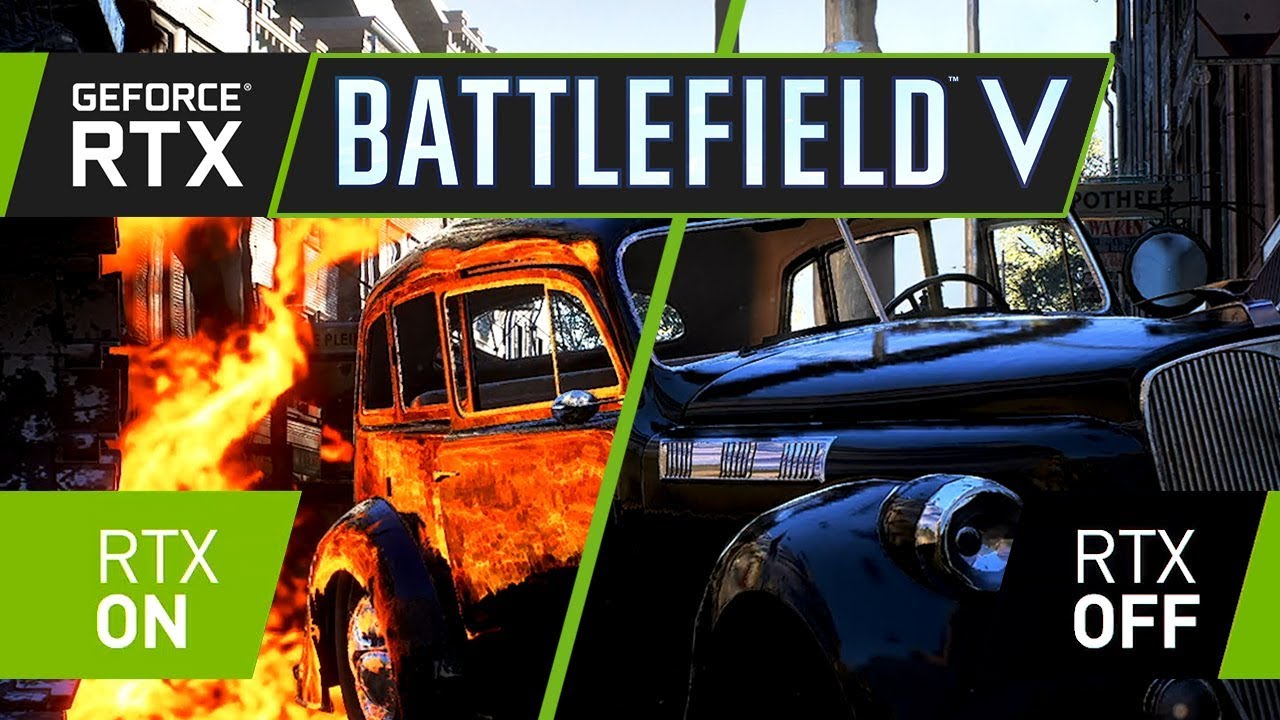So you’re in the market for a new PC and perhaps friends have told you to wait until the great new RTX graphics cards come out first. Or maybe you’ve heard about ray tracing… and you’re wondering what all this means. Thankfully, we’re here to break it down.
Firstly, let’s start simple. Nvidia’s new generation of graphics cards is called RTX instead of the historical GTX, and it’s named this way as it focuses on Ray Tracing Technologies.
What is ray tracing?
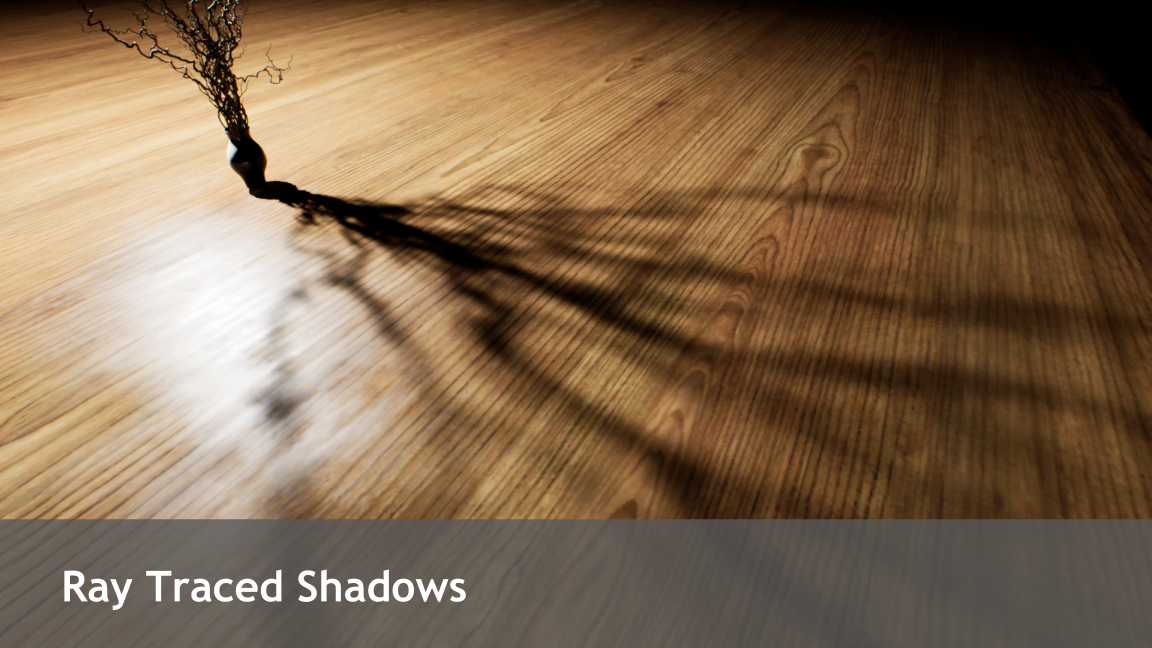
There might not be many people who knew what ray tracing was prior to a month or two ago, but there were very few people in the world that haven’t already seen it in action.
Ray tracing is a modern technique that movies use to generate and enhance special effects. Think about the latest action movie you saw and the realistic reflections, shadows, and refractions. Compare them to a much older action movie you’ve seen. Good ray tracing results in convincing special effects which appear lifelike.
Ray tracing develops images that can be indistinguishable from real world photos. Live-action movies utilise computer-generated effects and images captured seamlessly, animated films digitally generate scenes in light and shadow creating an entire world of their own.
The easiest way to think of ray tracing is to look around you. Every object you’re seeing is illuminated by sources of light from your environment. Now, turn that around and follow the path of those light sources backwards from your eye to the object the light interacts with. This is ray tracing.
Why do we need it?
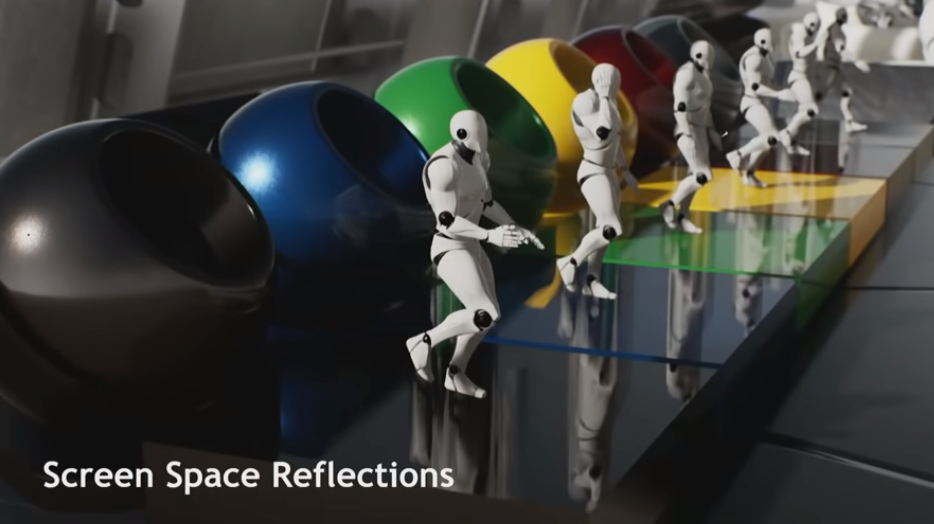
Until now computer hardware hasn’t been fast enough to use these techniques in real time, such as for games. Movie makers can take as long as they like to render a single frame since it doesn’t need to be on-demand. For reference, Disney’s Frozen features a scene where Elsa walks onto the balcony of her ice palace. The scene is 218 frames long, which includes the film’s longest frame to render. A single frame took over 132 hours to complete (five-and-a-half days). This practise is extremely common with animated movies.
Gaming requires anywhere from 20 frames per second (FPS) to 240FPS – while between 40-60FPS is considered enough for most. As a result we don’t have the luxury of the 5 day render time. Instead, games have relied on rasterisation. Rasterisation is a technique that gets 3D objects onto a 2D screen quickly. This method has been refined over the years, and within game engines, and has gotten very good. It is not as good as what ray tracing can achieve.

Ray tracing calculates the colour of pixels by tracing the path that light would take if it were to travel from the eye of the viewer through the virtual 3D scene. As it traverses the scene, the light may reflect from one object to another (causing reflections), be blocked by objects (causing shadows), or pass through transparent or semi-transparent objects (causing refractions). Each of these interactions are combined to produce the final colour of a pixel that is then displayed on the screen.
Where does RTX graphics cards come into this?
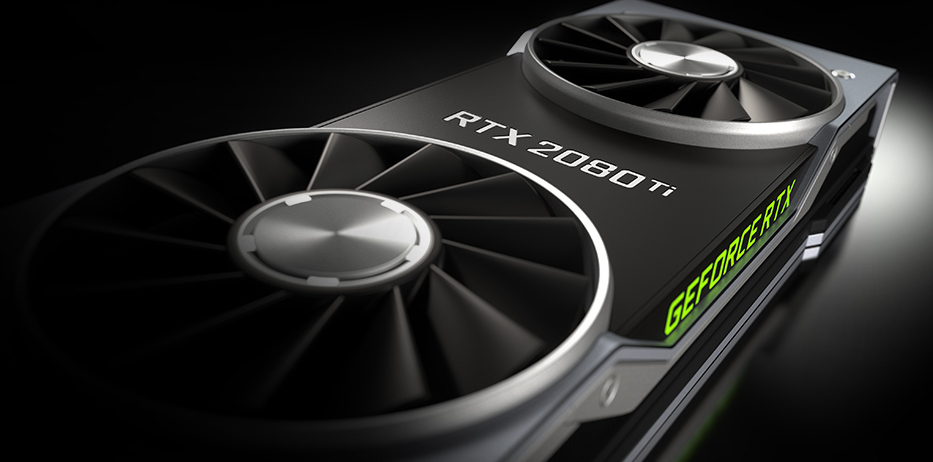
RTX capable graphics processing units (GPUs) include dedicated ray tracing acceleration hardware and use an advanced acceleration structure enabling real-time ray tracing in games and other graphics applications. Ray tracing acceleration is achieved by developers via Nvidia OptiX, Microsoft DXR enhanced with Nvidia ray tracing libraries, and the Vulkan ray tracing API.
Nvidia’s RTX brings more than just ray tracing
RTX cards will bring a few APIs (Application Programming Interface) and SDKs (Software Development Kit):
- Ray tracing (OptiX, Microsoft DXR, Vulkan) – covered extensively on this page
- AI-Accelerated Features (NGX)
- Rasterisation (Advanced Shaders)
- Simulation (CUDA 10, PhysX, FleX)
- Asset Interchange Formats (USD, MDL)



Artificial Intelligence (AI)
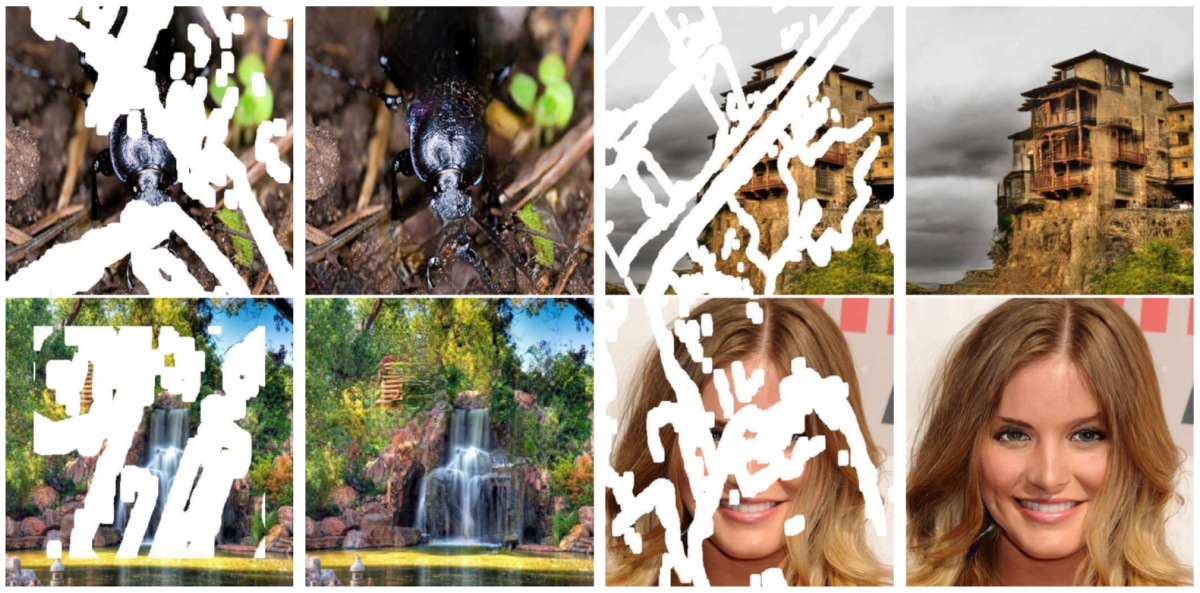
NGX SDK is a new deep learning powered technology stack bringing AI-based features that accelerate and enhance graphics, photo imaging and video processing directly into applications. NGX features utilise Tensor Cores to maximise the efficiency of their operation.
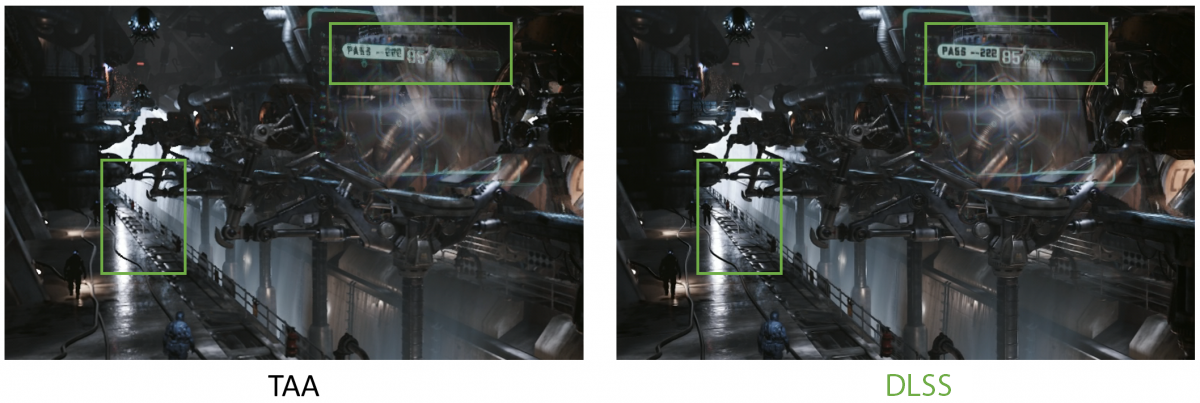

Rasterisation


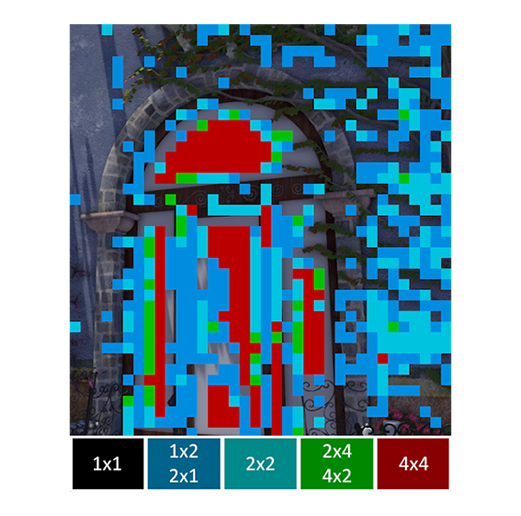
The Turing architecture’s new Streaming Multiprocessor (SM) includes advanced shading technologies, as well as new features designed to accelerate the graphics pipeline.
Simulation
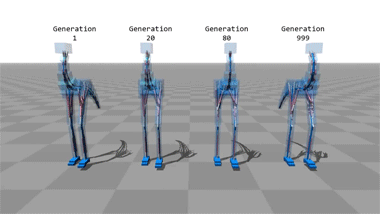
Making something both look and behaves as it would in reality. With more than a decade of development, the RTX platform features APIs such as Nvidia’s PhysX, FleX, and CUDA 10, to accurately model how objects interact in the real world in games, virtual environments, and special effects.
Asset Interchange
With the growing complexity of pipelines and application workflows, standard file formats significantly help creators and developers achieve better asset interchange between applications.
Who needs the RTX?

- Gamers who are after the most lifelike gaming experience the industry has on offer for consumers
- Designers/Architects working with the likes of Autodesk to produce design mock-ups
- Anyone after the new world’s most powerful GPUs
Now, it is important to note that ray tracing takes a significant hit on GPUs. Therefore, when turned on it will result in less frames per second, similar to the early years of Anti-Aliasing (AA). For competitive gaming it’s noteworthy that ray tracing is going to cause too much frame loss to make sense. Single-player picturesque games like Far Cry, Tomb Raider, Hitman, Doom, Fallout, and Resident Evil. These are certainly some examples of games you’d want to experience with ray tracing turned on.
Benefits of RTX cards now
A list of games that will feature real-time ray tracing
- Assetto Corsa Competizione
- Atomic Heart
- Battlefield V
- Control
- Enlisted
- Justice
- JX3
- MechWarrior 5: Mercenaries
- Metro Exodus
- ProjectDH
- Shadow of the Tomb Raider
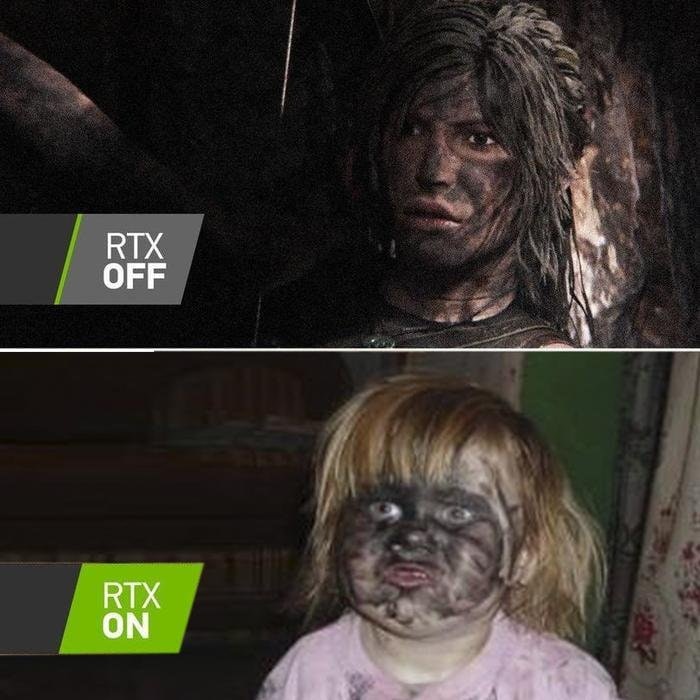
A list of games to have ‘Deep Learning Super Sample’
- Ark: Survival Evolved
- Atomic Heart
- Dauntless
- Final Fantasy XV
- Fractured Lands
- Hitman 2
- Islands of Nyne
- Justice
- JX3
- Mechwarrior 5: Mercenaries
- PlayerUnknown’s Battlegrounds
- Remnant: From the Ashes
- Serious Sam 4: Planet Badass
- Shadow of the Tomb Raider
- The Forge Arena
- We Happy Few
It won’t surprise us at all when even more games adopt some of the new technologies RTX cards bring to the table. Maybe at some stage in the distant future, perhaps even console gamers can get a taste.
The future of gaming is here
I’d be surprised if this wasn’t slowly but surely adopted across the entire gaming industry. As stated above, just like AA is now standard. Ray tracing would dramatically help the realism of virtual reality, but this is probably a little further off in the distance.
Sadly the ray tracing feature won’t be available right at the launch of the graphics cards as it will require a DirectX update from Microsoft. The update is expected within a few weeks of the launch date.
Conclusion
There you have it, that’s everything you needed to know about RTX cards, and the buzz around ‘ray tracing’ specifically. We’re eagerly anticipating the release of the new cards as they will be the most powerful gaming graphics cards in the world.
At the end of the day, who doesn’t want a more immersive, lifelike experience when gaming? Something that would really nail virtual reality gaming. Imagine a Grand Theft Auto world that looks like our own. All this, and more, coming to a screen near you.
We put high-quality graphics first and foremost, so if you want to get your hands on a gaming or workstation PC with the RTX graphics cards, be sure to check back with us regularly! We are already offering the RTX cards for pre-order, and will continue offering them once they are readily available.
Head on over to our website and customise yourself a gaming or workstation PC. If you have any questions, feel free to ask us.
